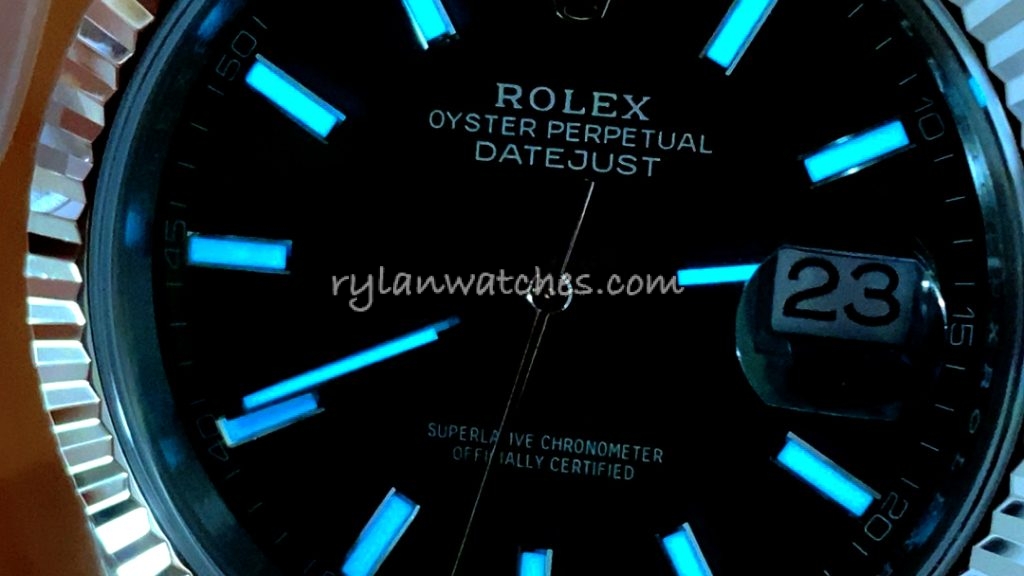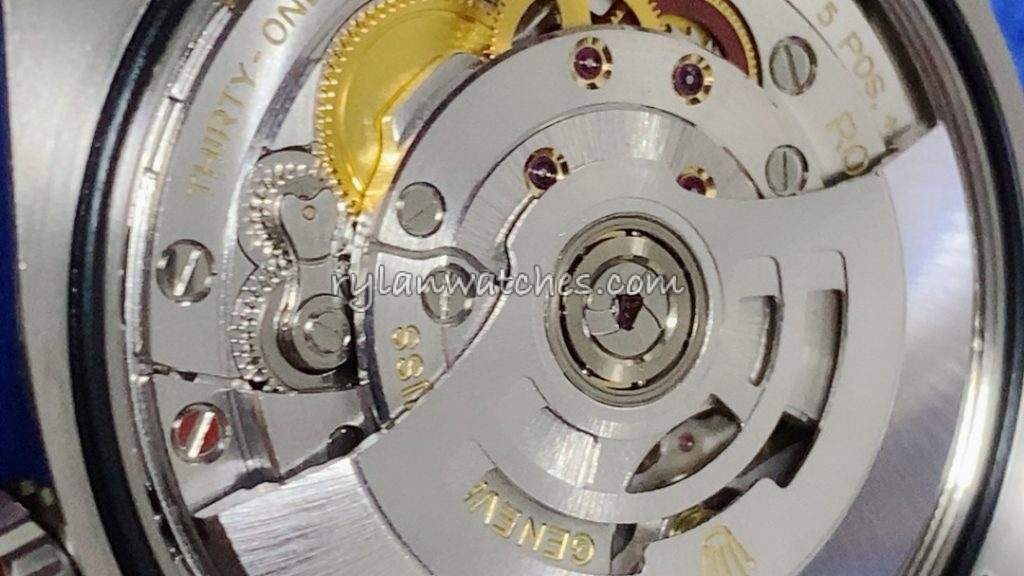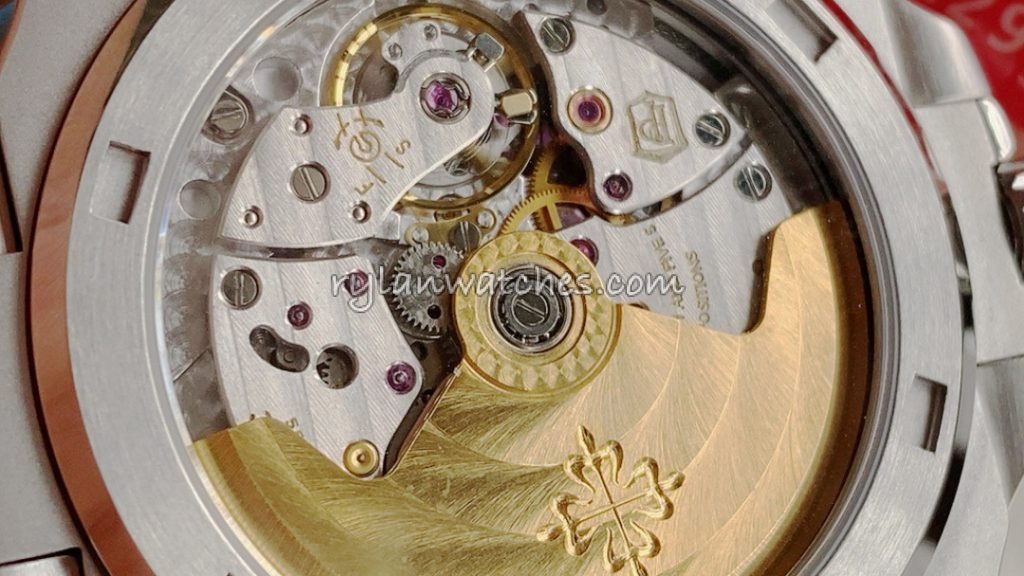Super Clone vs Replica Difference: A Luxury Watch Comparison
The luxury watch industry has witnessed a surge in demand for high-quality alternatives to authentic timepieces. For enthusiasts who admire iconic brands like Rolex, Audemars Piguet, or Patek Philippe but find genuine models financially out of reach, two major categories have emerged: standard replicas and super clones.
While both categories aim to replicate luxury watches, their quality, craftsmanship, and user experience differ significantly. This in-depth guide explores the super clone vs replica difference to help collectors, buyers, and enthusiasts make informed decisions. From material quality to movement precision and legality, we’ll uncover what truly sets a super clone apart.
1. What Are Replica Watches?
Replica watches are basic imitations of well-known luxury models. Most are mass-produced in large factories using low-cost materials like 316L stainless steel, mineral glass, and quartz movements. These timepieces are designed to mimic appearance from a distance, but lack close-up detailing and mechanical integrity.
Common flaws in replicas include off-centered logos, incorrect dial text, non-functional subdials, and poor finishing on cases and clasps. For example, a replica Rolex Submariner may have a flat ceramic insert, hollow end links, and a sweeping hand that stutters under closer inspection.
While priced between $50–$200, replicas rarely withstand daily wear and are generally suited for occasional use. They may offer visual resemblance but fall short in performance, longevity, and authenticity. Learn more about Rolex replica watches to see examples of standard replicas.

2. What Is a Super Clone Watch?
A super clone is the most advanced form of a replica—engineered with precision tooling, premium materials, and cloned movements. Built using 3D scans of authentic watches, super clones aim to be indistinguishable from originals in both appearance and function.
Produced by renowned factories like Clean, VS, or ZF, super clones incorporate sapphire crystals, 904L stainless steel, ceramic bezels, and even screw-down crowns with proper gaskets. Their dial printings, case engravings, and lume brightness closely match the genuine watch. Unlike standard replicas, they feature fully functional complications and accurate hand stacks.
For example, a Clean Factory Submariner super clone mirrors the Rolex 3235 movement’s functionality and includes laser-etched rehaut, Glidelock clasp adjustment, and ceramic bezel with correct click resistance. Read our Daytona Super Clone Review for more details on high-grade clones.
3. Super Clone vs Replica: Side-by-Side Comparison
- Materials: Replicas use 316L steel and mineral glass; super clones use 904L steel, sapphire crystal, ceramic, and even rose gold plating for select models.
- Movements: Replicas often rely on cheap quartz or basic Seagull automatics; super clones replicate Swiss calibers (e.g., Rolex 4130, Omega 8900) with functional architecture.
- Functions: Most replicas have non-functional subdials or incorrect calendar positions; super clones replicate chronographs, GMTs, moonphases, and more.
- Finishing: Replica cases are roughly brushed or mirror polished; super clones show genuine-level satin brushing, bevels, and chamfers.
- Durability: Replicas may last months with minimal use; super clones can be worn daily for years if properly maintained.
This difference in build and design accuracy defines the value proposition behind super clones. For serious collectors who prioritize realism and function, the upgrade is significant.
4. Materials & Movement: Where Quality Tells
At the core of any watch lies its movement and materials. In the super clone category, this is where the engineering really shines. Top-tier factories like VS and ZF employ cloned automatic movements that mimic genuine Swiss calibers in both layout and function. For example, a super clone Rolex Daytona may contain a fully functional 4130 clone movement with column wheel chronograph, vertical clutch, and 72-hour power reserve.
Material choices are equally elevated. While replicas might use painted bezels and acrylic glass, super clones incorporate ceramic inserts, anti-reflective sapphire crystals, and 904L steel. These upgrades result in better weight, corrosion resistance, and durability. The overall tactile experience—winding the crown, adjusting the date, or rotating the bezel—feels much closer to the real thing.
High-end clones even replicate specialized materials like titanium (in IWC or Panerai models) or forged carbon (in Richard Mille clones). Many employ proper caseback engravings, signed rotors, and perlage decoration inside the movement, visible through display casebacks.
5. Are Super Clones Worth the Price?
With prices ranging from $400–$1,200, some buyers hesitate to invest in a product that isn’t “real.” However, when viewed as a wearable work of mechanical art rather than a mere fake, the price-performance ratio becomes clear. A super clone offers:
- ✅ 95–99% aesthetic accuracy
- ✅ Fully functional mechanical movement
- ✅ Long-term wearability
- ✅ No fear of theft or customs seizure during travel
In fact, many experienced collectors use super clones for daily wear while reserving their genuine timepieces for special occasions. This dual strategy allows enjoyment without constant worry. If you’re exploring this route, visit our Patek Philippe Super Clone section for collector favorites.
6. Common Misconceptions
“Aren’t all fakes the same?” Not at all. Just as luxury watches range from entry-level to haute horlogerie, replicas span low-end knockoffs to super clones with astonishing fidelity. Dismissing super clones as mere counterfeits ignores the intricate work behind them.
“They break easily.” Basic replicas might, but super clones often use reliable clone movements or ETA-based engines. With basic servicing, they can last years.
“It’s easy to spot.” Maybe for an expert with a loupe. For casual observers—even collectors—the best super clones are visually indistinguishable on the wrist.
To see side-by-side breakdowns, check out our guide on how to spot a fake Patek Philippe.
7. How to Choose the Right Watch for You
Deciding between a replica and a super clone depends on your needs, values, and budget. Here are key questions to consider:
- Is functionality important? Choose a super clone with working complications.
- Is appearance enough? A standard replica may suffice for occasional use.
- Do you plan to wear it often? Opt for the durability and accuracy of a super clone.
- Will it be scrutinized? For weddings, business meetings, or social circles with collectors, a super clone is a safer choice.
Still unsure? Read customer testimonials on our reviews page to see how others made their decision.

8. Conclusion: Understanding the Real Difference
The Super Clone vs Replica Difference goes beyond surface looks—it defines how collectors choose quality, durability, and authenticity in luxury watches.The distinction between standard replicas and super clones is more than superficial. While both mimic the design of luxury watches, only super clones strive for authenticity in form, function, and experience. They’re not just counterfeits—they’re precision-engineered alternatives for collectors who appreciate horology but also value practicality.
From high-grade materials and cloned movements to functional complications and factory-level detailing, the super clone vs replica difference is substantial. For many, super clones provide the best of both worlds—luxury aesthetics and reliable mechanics at a fraction of the cost. If you’re building a watch collection on a budget, or simply looking for a realistic alternative to wear confidently, the super clone category deserves serious consideration.
Before your next purchase, consult our Super Clone Buying Guide for expert insights, or explore Rolex Daytona super clones to see what true craftsmanship looks like up close.
9. External Resources
- World Intellectual Property Organization (WIPO) – Learn about global trademark laws.
- ISO 22810 Standard – Understand water resistance ratings in horology.
10. Real-World Testimonials
David (USA): “After years of collecting, I use my Clean Factory Submariner daily. It feels just like my original but without the insurance worries.”
Mohammed (UAE): “The ZF Aquanaut super clone was perfect for my engagement ceremony—nobody suspected a thing.”
Lucas (Germany): “As a student, owning a true Patek was impossible. But with a super clone, I can walk into any business event with confidence.”
11. Frequently Asked Questions
Is it legal to buy and wear a super clone?
In most countries, owning for personal use is not illegal. Selling or misrepresenting it as genuine, however, is a trademark violation. Always use discretion.
Can a super clone be serviced?
Yes. Many use clone movements compatible with parts from ETA or Miyota, allowing them to be serviced by skilled watchmakers. Some vendors even offer servicing plans.
Are super clones waterproof?
Some models pass basic 50m or 100m water-resistance tests, but they’re not dive-rated like originals. Avoid hot water, steam, and deep dives. See our watch care guide for tips.
Do they come with original packaging?
Super clones often include high-quality replica boxes, manuals, and cards. These items are crafted to replicate the original unboxing experience.
What’s the best brand to buy a super clone of?
Rolex and Patek Philippe are the most popular, with high-accuracy options available from Clean, VS, and ZF factories. Learn more in our best super clone watches roundup.
Tip: For a full breakdown of the Super Clone vs Replica Difference, see our detailed guide covering materials, movements, durability, and collector insights.
